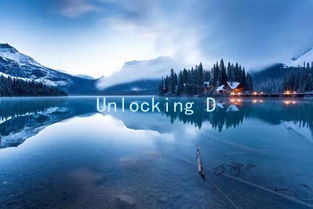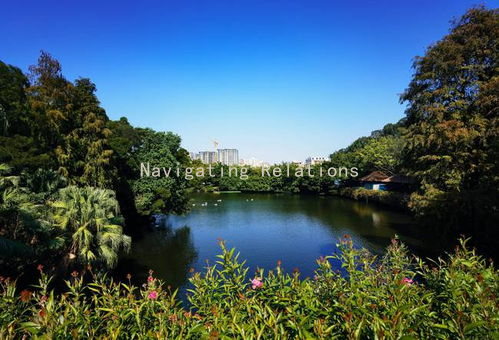From Courtship to Commitment: Cultural Approaches to Marriage Success
From Courtship to Commitment: Cultural Approaches to Marriage Success
In a world marked by cultural diversity, the journey from courtship to commitment varies significantly across different societies. Understanding these nuances can enrich our own experiences in romantic relationships and aid in fostering successful marriages. Here, we explore various cultural approaches to marriage and the effective communication strategies that can lead to lasting love.
The Value of Courtship: A Cultural Perspective
Courtship is a critical stage in the relationship spectrum where individuals assess compatibility and build emotional connections. While Western cultures often emphasize individualism and spontaneous dating, many Eastern societies prioritize family involvement and traditional values. For instance, in countries like India and China, arranged marriages are still prevalent, and courtship often begins with family introductions rather than casual dating. This difference highlights the importance of understanding one’s cultural background and expectations when pursuing a relationship.
In cultures that prioritize courtship rituals, showing respect and intentions through formal methods is paramount. Learning and respecting these traditions can foster trust and admiration, vital components for a successful relationship. Embracing rituals such as familial gatherings or customary ceremonies not only deepens bonds but also honors one’s heritage, creating a robust foundation for future commitments.
Effective Communication: The Bridge to Commitment
Communication plays a pivotal role in transitioning from courtship to commitment. Learning how to express feelings and intentions is essential, irrespective of cultural differences. In many cultures, open and honest communication is valued, while in others, indirect communication is preferred. For instance, in many Asian cultures, people may communicate through non-verbal cues or implicit messages rather than through direct confrontation.
To navigate this complexity, one must practice active listening and empathy. Asking open-ended questions can demonstrate genuine interest and allow partners to express their thoughts more freely. Phrases like, “What do you think about…?” or “How do you feel when…?” encourage dialogue and foster emotional intimacy. Furthermore, being attuned to non-verbal behaviors—such as body language and tone of voice—can provide deeper insights into a partner’s feelings.

Cultural Celebrations: Strengthening Bonds
As relationships evolve, celebrating cultural heritage can enhance commitment. Engaging in traditions such as festivals, seasonal rituals, or annual family gatherings not only honors one’s background but also creates shared experiences that bond couples. For example, celebrating Diwali in Indian households or Thanksgiving in American families provides opportunities for partners to connect through shared values and traditions.
In addition, introducing each other to unique cultural practices can be a fun and enriching experience. Couples might enjoy trying new cuisines, participating in local festivals, or learning each other’s languages. These activities foster mutual respect and a deeper understanding of one another, making the relationship more substantial.
Navigating Challenges: Conflict Resolution and Adaptation
Every relationship faces challenges, and cultural differences can sometimes amplify conflict. Recognizing and respecting each other’s values and beliefs is crucial in managing disputes. It is essential to approach conflict with sensitivity, maintaining an open dialogue to resolve issues. Using I statements, such as “I feel hurt when…” rather than “You always…” can reduce defensiveness and promote understanding.
Moreover, seeking common ground can help couples navigate cultural discrepancies. Jointly developing a set of shared values and practices allows partners to create their unique blend of traditions, fostering a sense of belonging and unity. This approach not only enhances the relationship but also prepares the partners for mutual respect in their future commitments.
Conclusion: Building a Lasting Partnership
In conclusion, the journey from courtship to commitment is profoundly influenced by cultural practices and effective communication. By embracing the diversity in courtship rituals, celebrating cultural heritage, and mastering communication strategies, couples can cultivate a relationship built on trust, respect, and love. As we navigate the complex landscape of marriage, an understanding of these cultural approaches can lead to enduring partnerships that thrive in a multicultural world.





